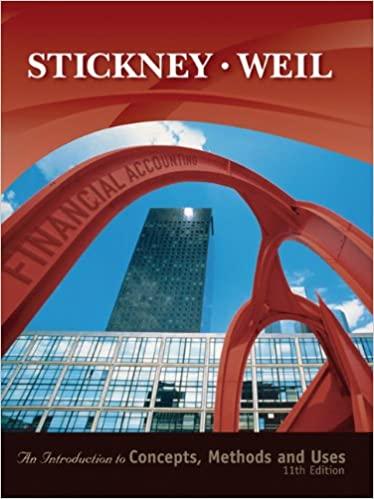Garcia Company can invest in one of two alternative projects. Project Y requires a $415,000 Initial investment for new machinery with a four-year life and no salvage value. Project Z requires a $438,000 initial investment for new machinery with a three-year life and no salvage value. The two projects yield the following annual results. Cash flows occur evenly within each year. (PV of $1. FV of $1. PVA of $1. and FVA of $1) (Use approprlate factor(s) from the tables provided.) Annual Amounta Project Project Salen of new product $ 465,000 $436,000 Expenses Materials, labor, and overhead (except depreciation) 210,000 196,000 Depreciation Machinery 103.750 146,000 Selling general, and administrative expenses 57.000 48,000 Income $ 94,250 $ 46,000 Required: 1. Compute each project's annual net cash flows 2. Compute each project's payback period, if the company bases investment decisions solely on payback period, which project will it choose? 3. Compute each project's accounting rate of return. If the company bases investment decisions solely on accounting rate of return, which project will it choose? 4. Compute each project's net present value using 9% as the discount rate. If the company bases Investment decisions solely on net present value, which project will it choose? Complete this question by entering your answers in the tabs below. Required 1 Required 2 Required 3 Required 4 Compute each project's annual net cash flows Expected Not Cash Flow - Project Y Not cash flow Expected Net Cash Flow - Project Required: 1. Compute each project's annual net cash flows. 2. Compute each project's payback period. If the company bases investment decisions solely on payback period, wh choose? 3. Compute each project's accounting rate of return. If the company bases investment decisions solely on accounting which project will it choose? 4. Compute each project's net present value using 9% as the discount rate. If the company bases investment decision present value, which project will it choose? Complete this question by entering your answers in the tabs below. Required 1 Required 2 Required 3 Required 4 Compute each project's annual net cash flows. Expected Net Cash Flow - Project Y - Net cash flow Expected Net Cash Flow - Project z Net cash flow Required: Required 2 > Required: 1. Compute each project's annual net cash flows. 2. Compute each project's payback period. If the company bases investment decisions solely on payback period, which project will it choose? 3. Compute each project's accounting rate of return. If the company bases Investment decisions solely on accounting rate of return, which project will it choose? 4. Compute each project's net present value using 9% as the discount rate. If the company bases investment decisions solely on net present value, which project will it choose? Complete this question by entering your answers in the tabs below. Required 1 Required 2 Required 3 Required 4 Compute each project's payback period. If the company bases investment decisions solely on payback period, which project will it choose? Payback Period Numerator Denominator Payback period Project Y Project z of the company bases investment decisions solely on payback period, which project will it choose? Required: 1. Compute each project's annual net cash flows. 2. Compute each project's payback period. If the company bases investment decisions solely on payback period, which project w choose? 3. Compute each project's accounting rate of return. If the company bases investment decisions solely on accounting rate of retu which project will it choose? 4. Compute each project's net present value using 9% as the discount rate. If the company bases investment decisions solely on present value, which project will it choose? Complete this question by entering your answers in the tabs below. Required 1 Required 2 Reduired 3 Required 4 Compute each project's accounting rate of return. If the company bases Investment decisions solely on accounting rate of return, which will it choose? Accounting Rate of Retum Denominator Numerator Accounting rate of return Project Y Project 2 if the company bases investment decisions solely on accounting rate of return, which project will it choose? Compute each project's net present value using 9% as the discount rate. If the company bases investment decisions solely on net present value, which project will it choose? (Do not round Intermediate calculations. Round your present value factor to 4 decimals and final answers to the nearest whole dollar) Project Y Chart values are based on: na Select Chart Amount X PV Factor Present Value Not prosent value Project z Chart values are based on: no Select Chart Amount PV Factor Prosent Value Net present value If the company bases Investment decisions solely on net present value, which project will it choose?











